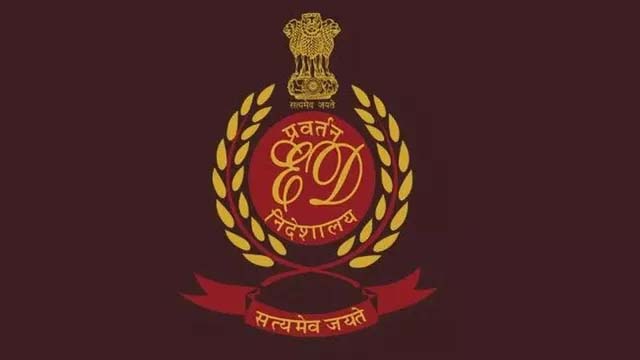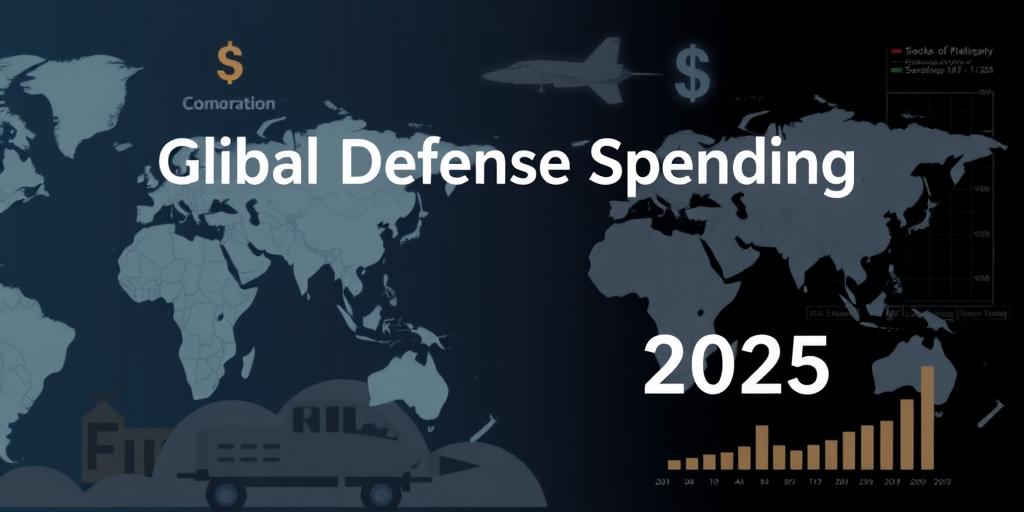New Delhi: Data reveals that the Enforcement Directorate’s (ED) activities under the anti-money laundering law have surged dramatically over the past decade. Searches surged by 86 times, while arrests and asset seizures escalated around 25 times between April 2014 and March 2024 compared to the prior nine-year span, reflecting a notable intensification of the agency’s operations.
An analysis of the period from 2014 to 2024 against the years from July 2005 to March 2014 underscores a significant ramping up of enforcement under the Prevention of Money Laundering Act (PMLA), which was implemented in 2005 to combat serious offenses such as tax evasion and black money creation.
Critics, including opposition parties, have accused the ED’s heightened activity of serving as an oppressive instrument under the BJP-led central government against political adversaries. Nonetheless, the ruling party and government maintain the agency’s autonomy and assert its actions are based on merit and align with the mandate to target corruption.
Throughout the last decade, the ED lodged 5,155 cases under the PMLA, in contrast to 1,797 complaints filed during the earlier period, a threefold increase. Moreover, the agency achieved its first conviction in 2014, ultimately convicting 63 individuals under the anti-money laundering statute.
The ED carried out 7,264 searches across the nation from 2014 to 2024, a drastic rise from just 84 in the preceding period. It also arrested 755 individuals and attached assets valued at Rs 1,21,618 crore, a significant jump from the previous period’s 29 arrests and Rs 5,086.43 crore in attached properties.
Arrests rose 26 times, while property attachments increased 24 times. The ED issued 1,971 provisional attachment orders for movable and immovable assets over the past decade, compared to 311 orders in the prior period.
The ED’s efforts led to a confirmation rate of 84% from the Adjudicating Authority under the PMLA during the last decade, higher than the 68% confirmation rate of the earlier period.
Prosecution complaints surged 12 times, with the agency filing 1,281 cases over the last decade, up from 102 in the previous period. This led to convictions in 36 cases, with a total of 73 charge sheets being resolved.
In the preceding period, there were no convictions or charge sheet disposals under the anti-money laundering act.
The agency also gained judicial approval to confiscate assets worth Rs 15,710.96 crore and restored properties, including bank funds, totaling Rs 16,404.19 crore during the past decade.
During the prior nine years, no convictions occurred, so no asset confiscation or restitution took place.
The ED’s authority under the PMLA extends to seizing cash, with the agency freezing Rs 2,310 crore worth of Indian and foreign currency in the last decade, compared to Rs 43 lakh during the previous period.
The ED also secured 24 Interpol red notices for the apprehension of accused individuals who fled India and 43 extradition requests from 2014 to 2024. None of these actions occurred during the preceding period.
Four individuals were extradited to India during the last decade, and similar orders were obtained against notable fugitives like Vijay Mallya, Nirav Modi, and Sanjay Bhandari, all based in the UK. The ED is actively pursuing their return to India.
“These figures underscore the ED’s vigorous pursuit of money laundering offenders,” an agency official commented. The ED investigates financial crimes under the PMLA, the Fugitive Economic Offenders Act (FEOA), and the Foreign Exchange Management Act (FEMA).
The FEOA, enacted in 2018, targets high-value economic offenders who flee the country. Since then, the ED filed 19 applications in special PMLA courts, resulting in 12 declarations of fugitive economic offenders. By the last fiscal year’s end, the agency had confiscated assets worth Rs 906 crore under this law.









